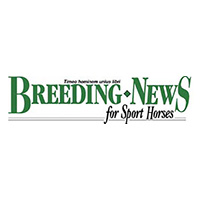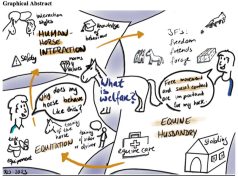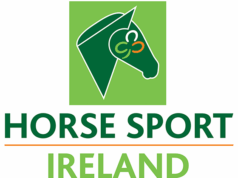By Elisa Zimmermann, Katharina B. Ros, Christiane Pfarrer, Ottmar Distl
Photography/Graphics: The authors
Malformations of the cervicothoracic junction have been described in modern horses as well as in skeletons from museums. In the present study, we examined five historical skeletons for signs of malformations of the cervicothoracic junction and were able to detect malformations of C6/C7 in three of the five historical horses.
These three historical horses were the Thoroughbred stallions Dark Ronald xx, Der Loewe xx and Birkhahn xx. The two younger stallions Der Loewe xx and Birkhahn xx had a common great grandsire with Dark Ronald xx. Twenty living German Warmblood horses, descendants of these historical stallions, were recruited for evaluation for the malformation of C6/C7.
For the modern horses, we estimated the inbreeding coefficient according to Wright through their ancestors of the last 110 years, which equals 11 generations, and quantified the blood percentages and the contribution to the inbreeding of the historical stallions in percentages. Our analyses showed that the C6/C7 malformations were highly variable in the historical horse family, with Dark Ronald xx, Der Loewe xx and Birkhahn xx being affected uni-laterally at C6 and C7, uni-laterally at C6 and bi-laterally at C6 and C7, respectively.
In this sample of distant descendants of the historical stallions with C6/C7 malformation, a segregation between horses with and horses without C6/C7 malformation was demonstrated. Further studies with large samples and in-depth pedigree analyses will be warranted to show the effects of influential sires on the occurrence of malformations of the cervicothoracic junction in today’s Warmblood population.
Abstract
Malformations of the equine cervicothoracic junction affect the C6 and C7 cervical vertebrae, the T1 thoracic vertebra and in variable extent the first and second sternal ribs. To date, the clinical impact of this malformation, its prevalence and mode of inheritance in equine populations are not yet determined. We examined five skeletons for signs of malformation of the cervicothoracic junction, including three skeletons from widely used Thoroughbred stallions affected with the malformation and two skeletons serving as a comparison. The three affected historical horses were the Thoroughbred stallions Der Loewe xx, Birkhahn xx and their common great grandsire Dark Ronald xx.
Malformations of C6 and C7 showed a large variation between the three stallions, as Dark Ronald xx, Der Loewe xx and Birkhahn xx were affected uni-laterally at C6 and C7, uni-laterally at C6 and bi-laterally at C6 and C7, respectively, with varying grades.
In order to evaluate whether or not these malformations are incidental, we took a random sample of 20 living German Warmblood horses, which are distant descendants of these stallions. This sample consisted of ten controls and ten horses with malformations of C6/C7. Blood proportions of the historical sires in the modern Warmblood horses ranged from 0.10 to 6.25%. The contribution to inbreeding in each individual horse of our selected horse group by those sires was expressed as a percentage of the total inbreeding coefficient and ranged from 0.01 to 17.96%, demonstrating their influence on the modern Warmblood.
In the present study, we were able to describe the variability of the malformation of C6/C7 within a horse family including historic and modern horses. Additionally, we detected variations appearing in connection with malformations of the cervicothoracic junction that have not yet been described in the literature. This is the first time that the malformations of C6 and C7 have been described within a familial context, providing hints on inheritance in Thoroughbreds and Warmbloods. It is worthwhile to carry out further studies in a larger setting to gain more comprehensive insights into the inheritance of the malformation and the role of important ancestors... To read the complete article you need to be a subscriber
CLICK HERE TO SUBSCRIBE TO BREEDING NEWS
SUBSCRIBERS CAN READ THE COMPLETE ARTICLE BY LOGGING IN AND RETURNING TO THIS PAGE






